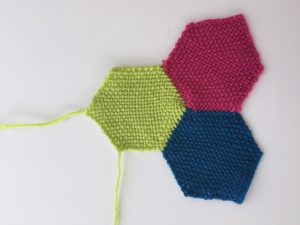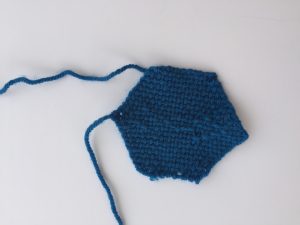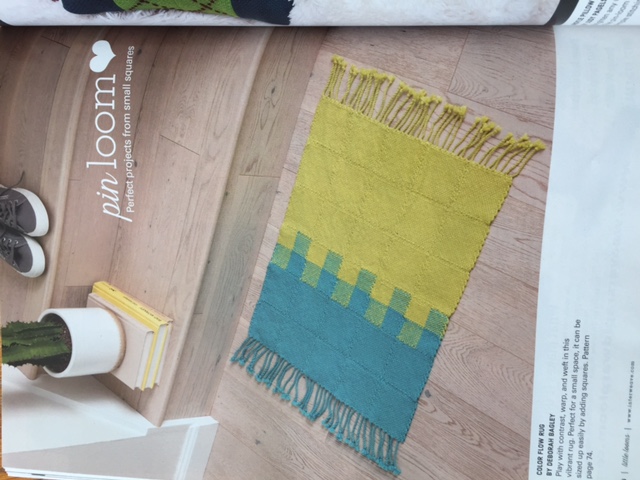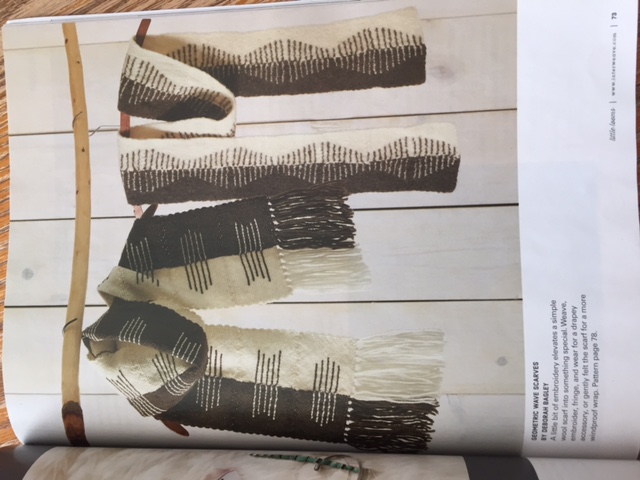Sheep are neat and so are pillows that look like them! Deborah designed an adorable sheep pillow using yarn and pin loom woven shapes.
We love this pillow because it’s fairly easy to make, yet has lots of little details that make it quite interesting. The 4″ squares give it a puffed / quilted look. The woven texture of each square adds more interest. The fleck in the yarn adds still more depth.
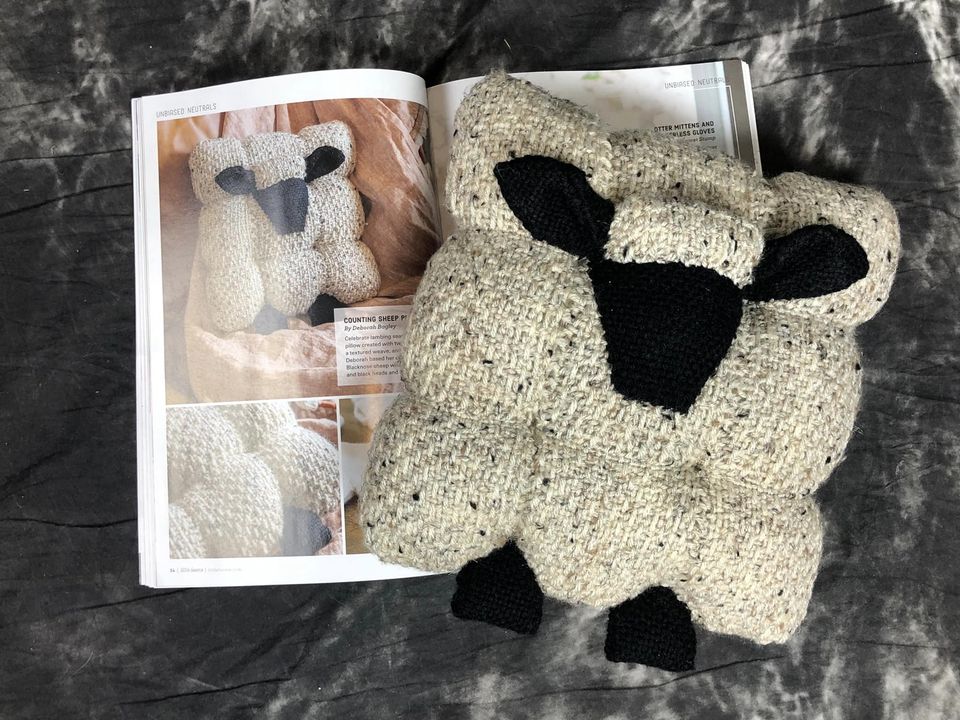
Sheep Pillow Pin Loom Pattern in Little Looms Magazine
Little Looms Magazine first published this “Counting Sheep” pattern in their Spring 2023 issue. You can access the pattern either by purchasing that single issue or joining their all access subscription service.
About the Pin Loom Sheep Pillow Pattern
The finished size is approximately 10″ x 11″ x 4 1/2″.
There are two weaving structures: plain weave and Loomette Weave #1. Check out our blog post for the Loomette Weave #1 pattern. Here are the supplies needed to make your own Pin Loom Sheep Pillow:
- Pin Loom Square: 4″
- Pin Loom Rectangle: 2” x 4”
- 5” weaving needle
- Tapestry Needle
- Yarns: Lion Brand Yarns Vanna’s Choice Heather (92% acrylic/8% rayon; 145 yd/3 oz), #400D Oatmeal, 160 yd.
- Lion Brand Yarns Vanna’s Choice Solid (100% acrylic, 170 yd/3.5oz), #153 Black, 40 yd.
- Stuffing
- Pins
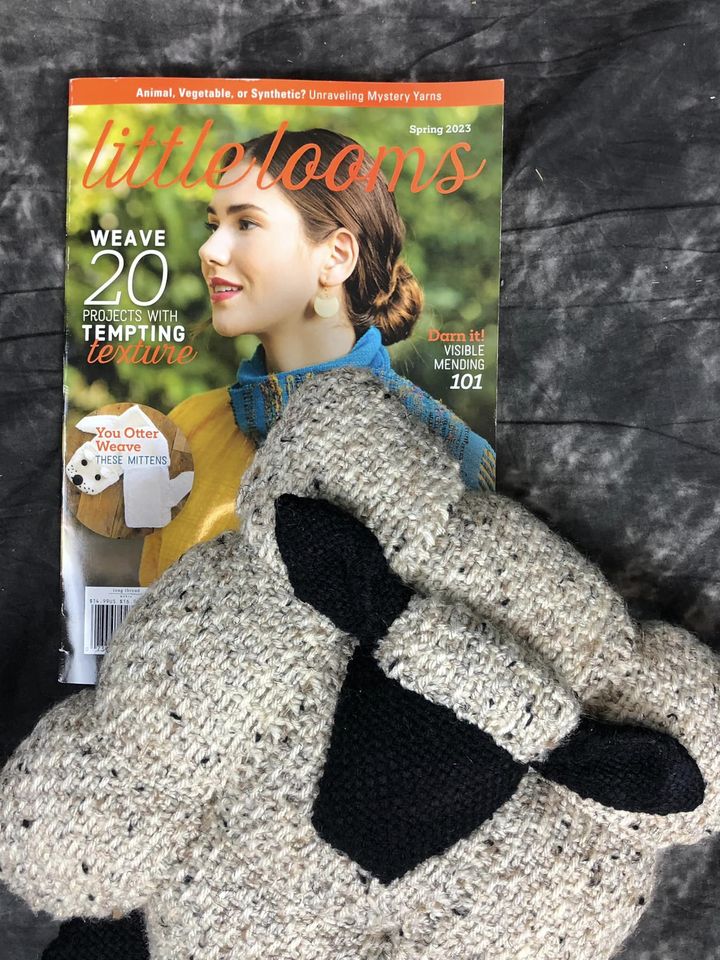
It’s really fun to see how many people find this project so appealing. Even though it’s pin loom woven, we find that fiber enthusiasts of all kids find this little guy irresistible. So do farmers and city folk…and people who like to count sheep before they nod off to sleep.
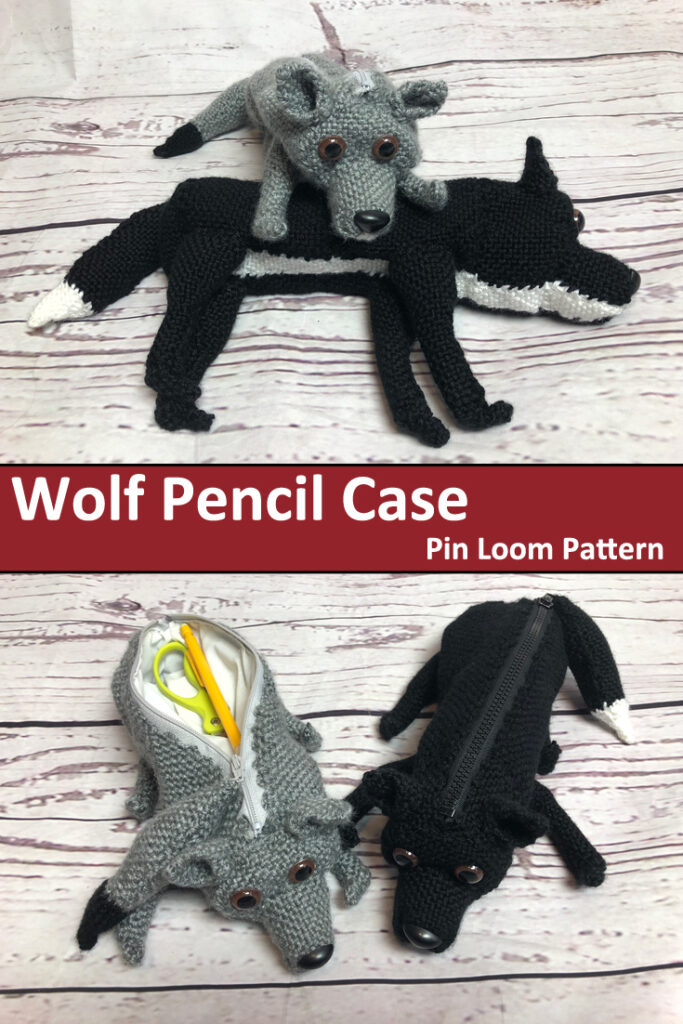

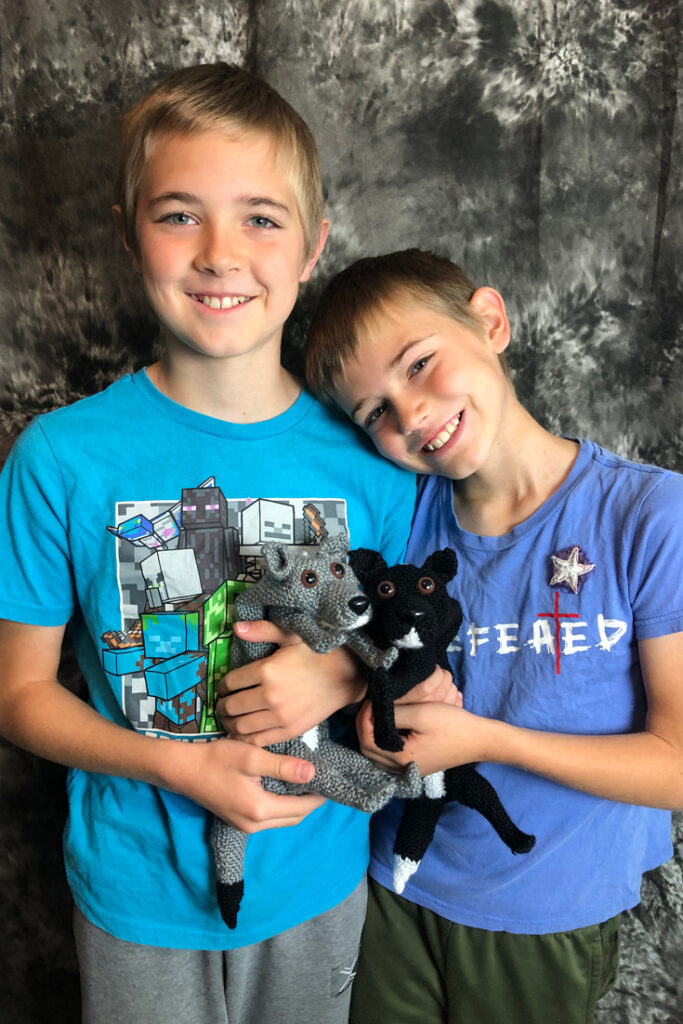
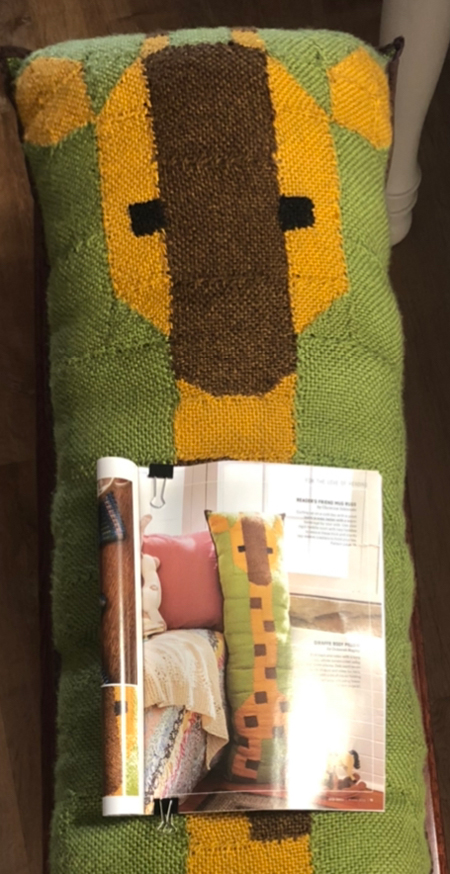
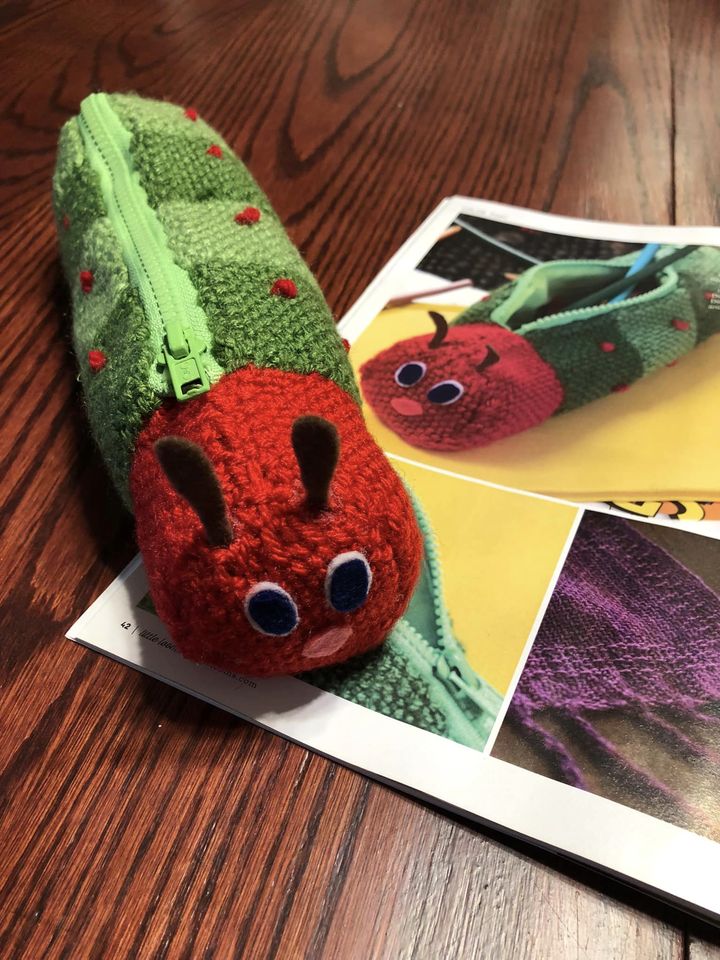
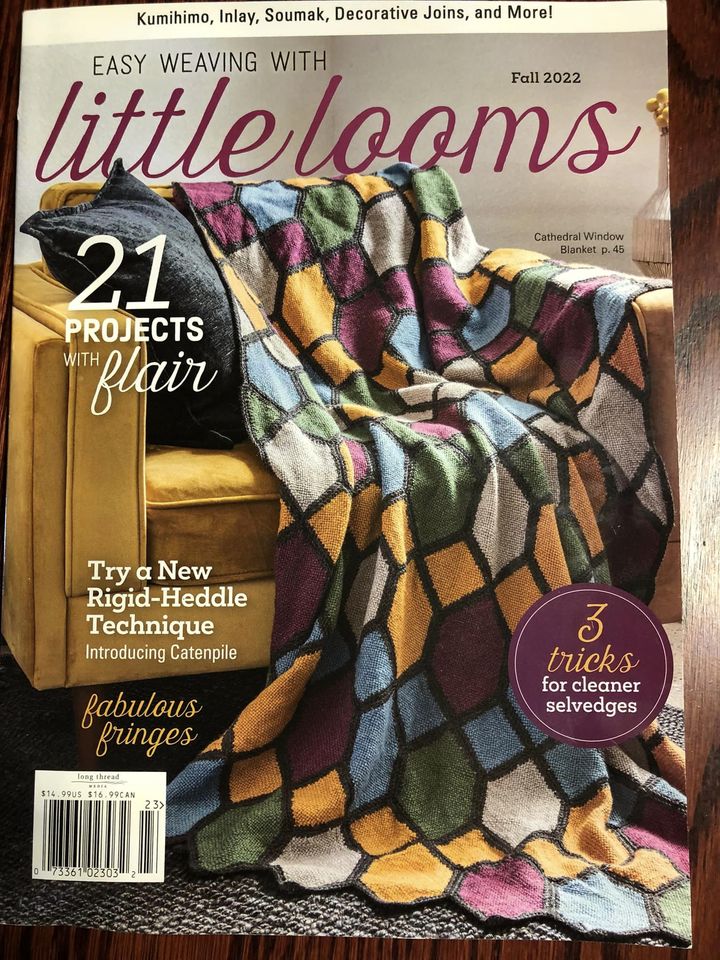
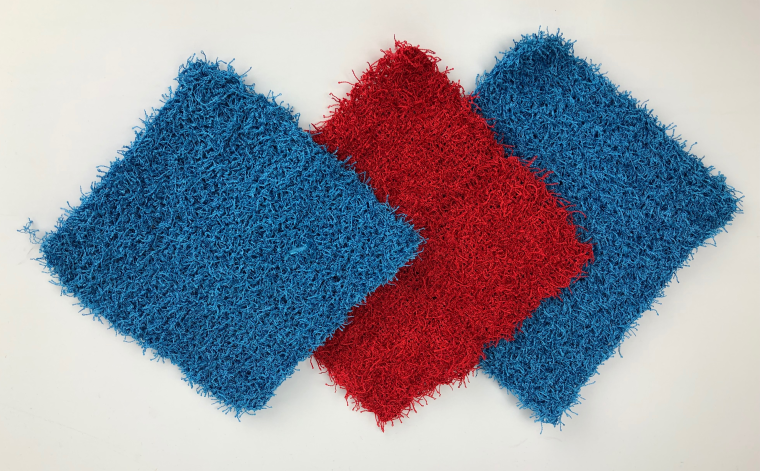
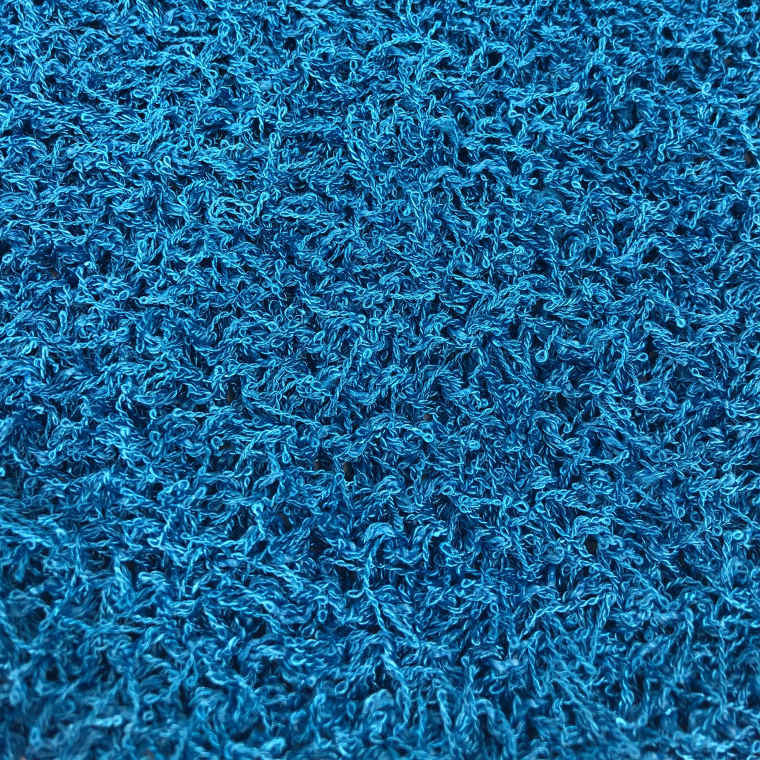
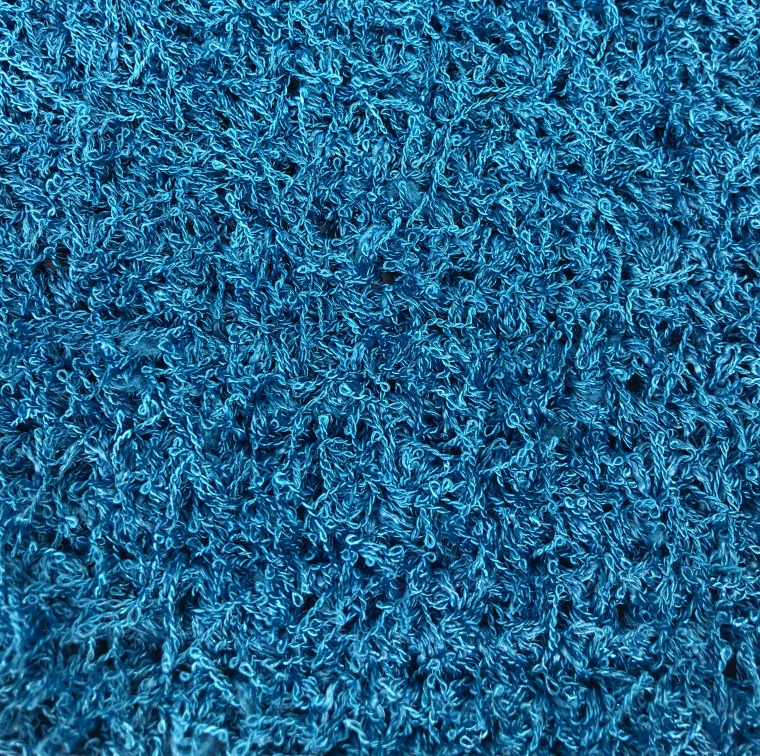
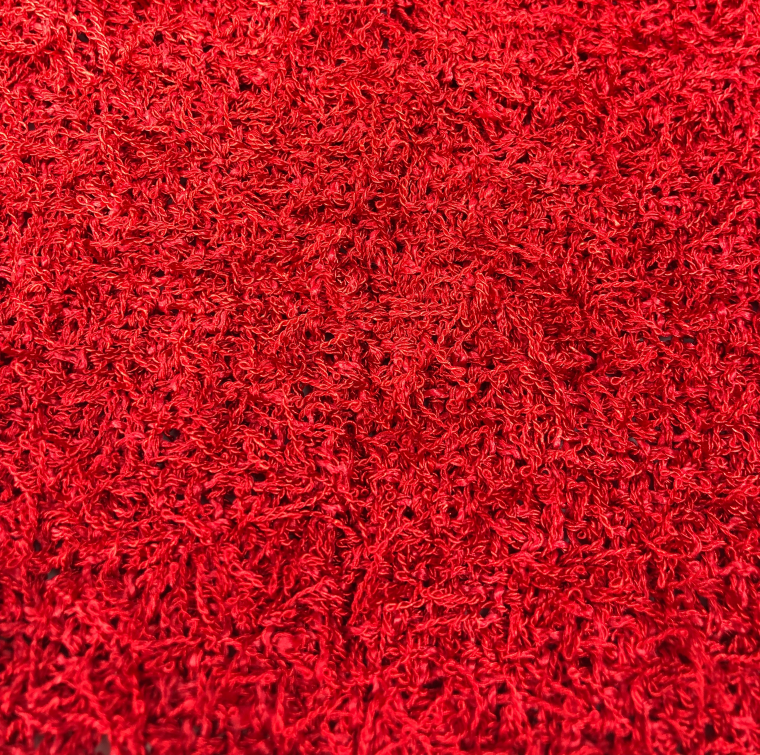
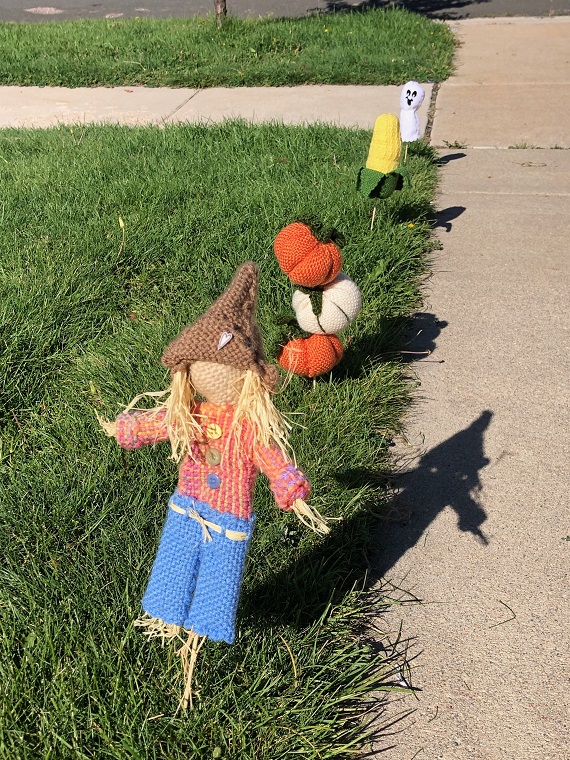
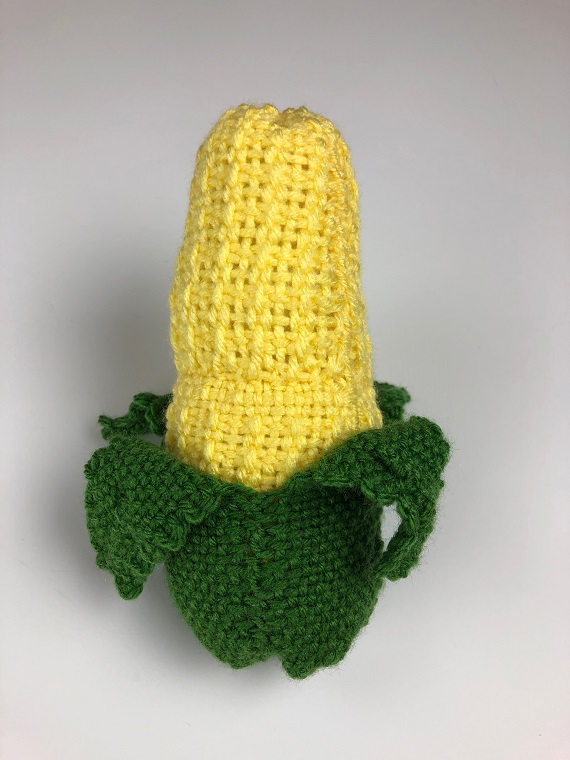
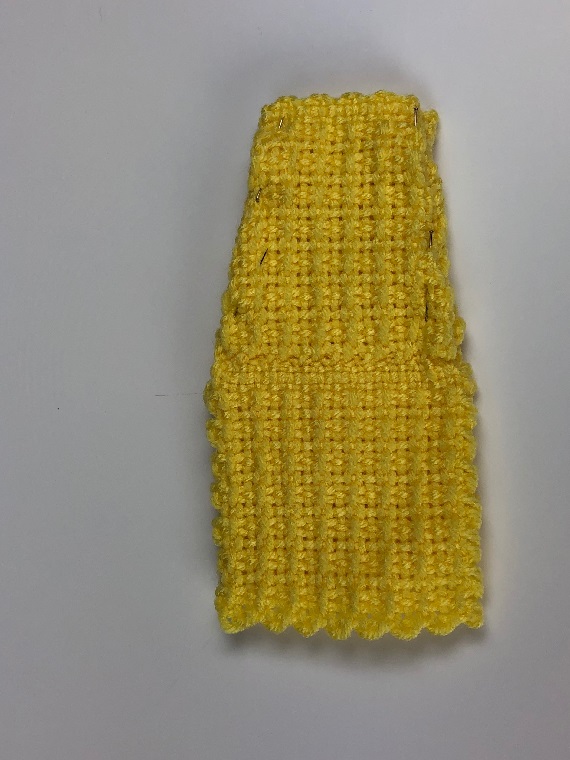
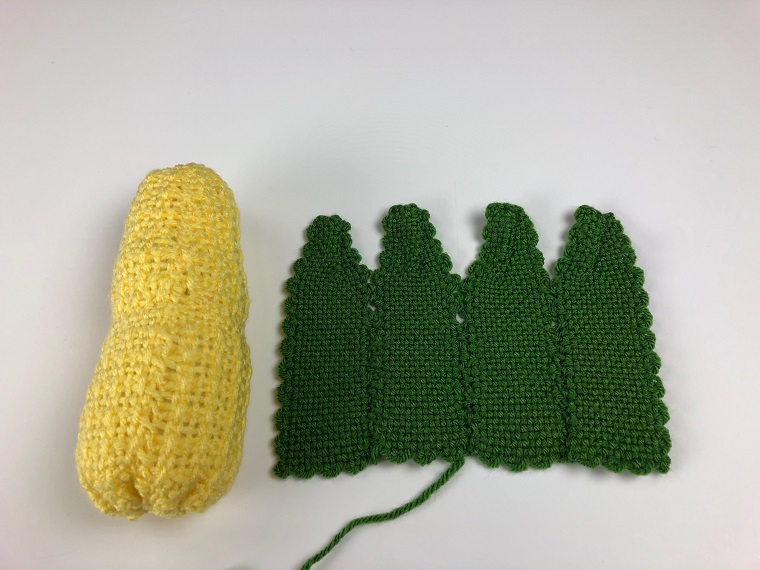
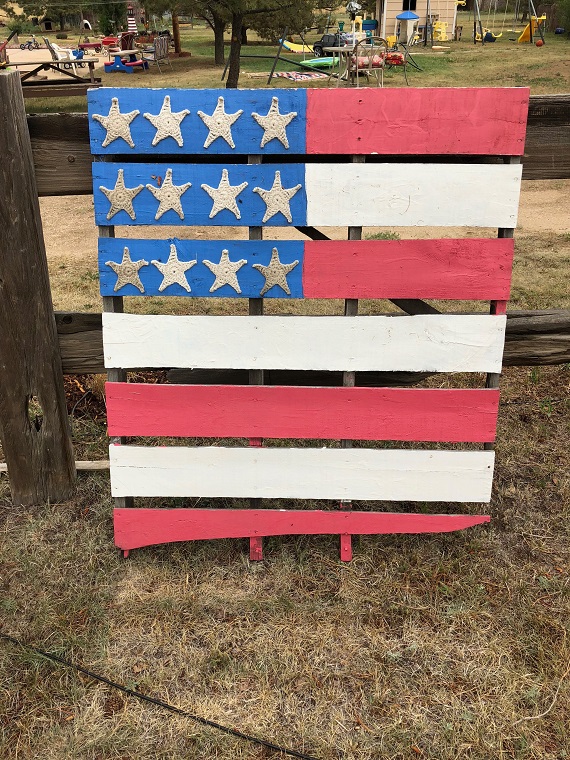
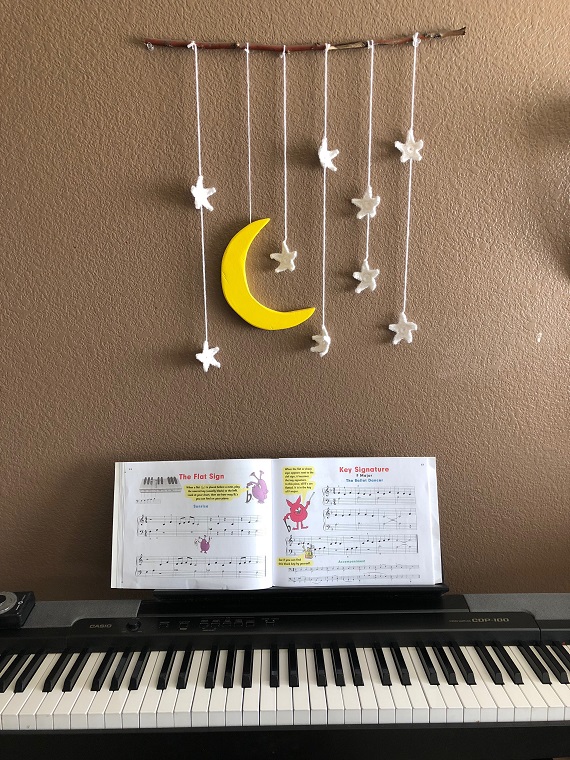
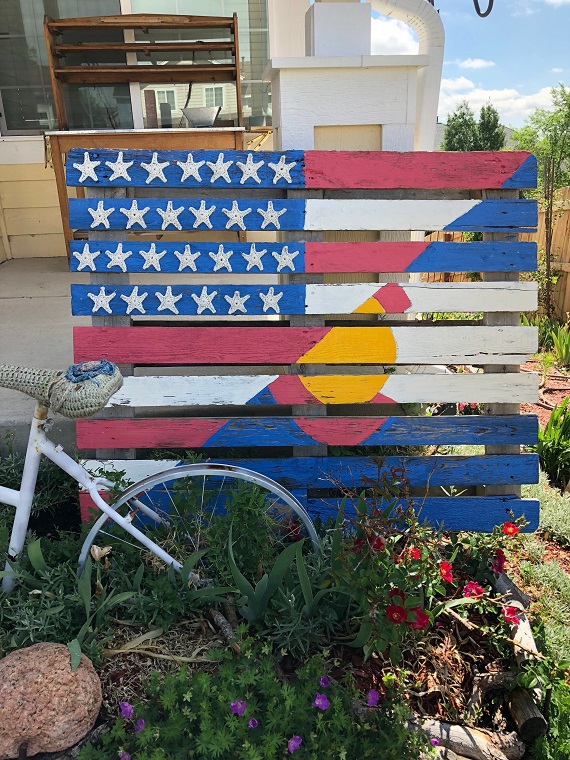
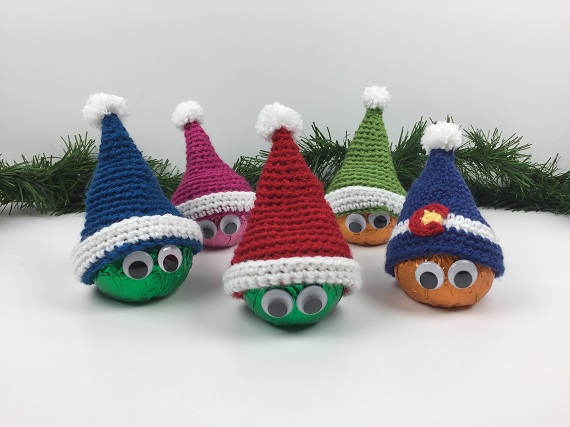
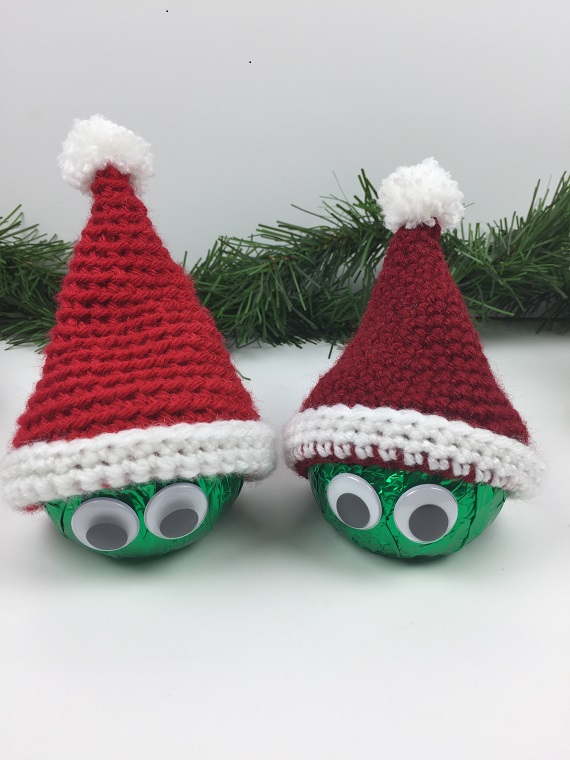
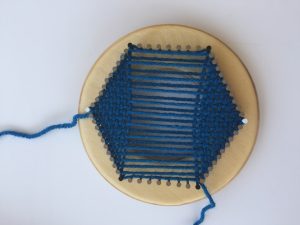 First, I’m used to using a pin loom where the pins have no heads. The TURTLE Loom uses nails with heads. I thought I’d HATE that. Turns out, I don’t! Because the first several rows are done using bias weaving, the heads are actually very important! I think I would hate it if it didn’t have heads!
First, I’m used to using a pin loom where the pins have no heads. The TURTLE Loom uses nails with heads. I thought I’d HATE that. Turns out, I don’t! Because the first several rows are done using bias weaving, the heads are actually very important! I think I would hate it if it didn’t have heads!